Live Captioning Information
- Throughout Astronomy Days 2022, live captioning will be provided for all programs, with the exception of videos and movies.
- ASL interpreters are available upon request, please contact accessibility@naturalsciences.org at least 72 hours prior to the start of the program.
- Spanish captioning will be available on the NCMNS YouTube channel for all archived Astronomy Days 2022 programs.
MONDAY Jan 24th
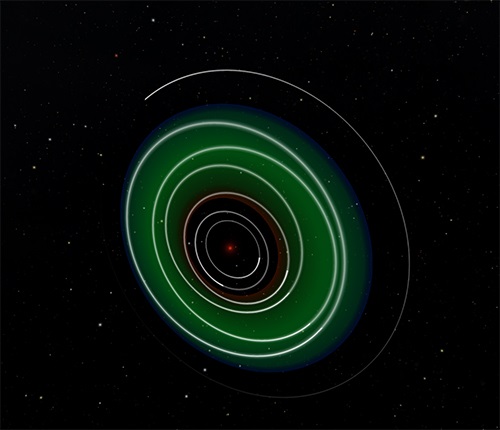
Before Earth was teaming with life, Mars had flowing rivers and a likely ocean, and Venus, now a searing hothouse, could once have had liquid water and supported life. This program will fly you through the universe with new data-driven software called OpenSpace.
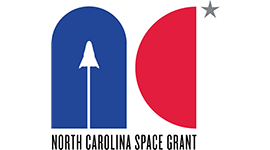

Planets in the Habitable Zone: A Journey to the Past, Present, and Future of Life in Space
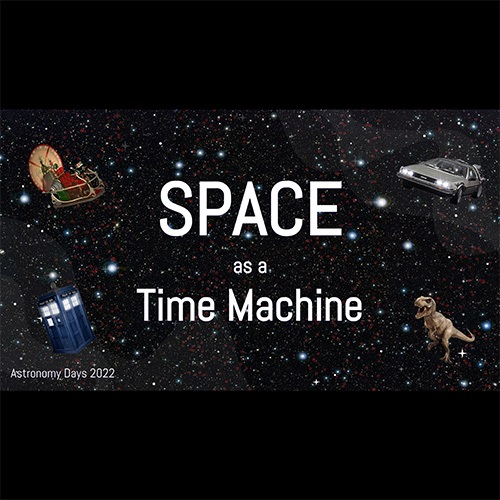
Learn how astronomers use space, time, and the Universe to peer deep into the past and piece together a history of everything.


Space as a Time Machine

There are a number of relatively unknown women who made significant discoveries in astronomy in the first part of the 20th century. This is the story of some of these early female scientists, their struggles, and their achievements.


Escaping the Touch of History: Some Should-Be Famous Women in Astronomy

Grab a pencil and paper and come design your own planet. We'll talk about rings, moons and more!


Design-A-Planet Kids’ Craft
TUESDAY Jan 25th
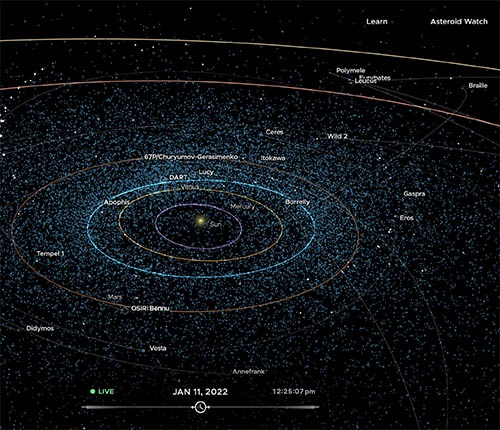
NASA's JPL has a new "Eyes" for all of us to enjoy. EYES ON ASTEROIDS. Together with versions for our Solar System, near Earth space, and alien planets, you can investigate almost anything in space in scale and real time.


NASA’s “EYES” Applications for EVERYBODY
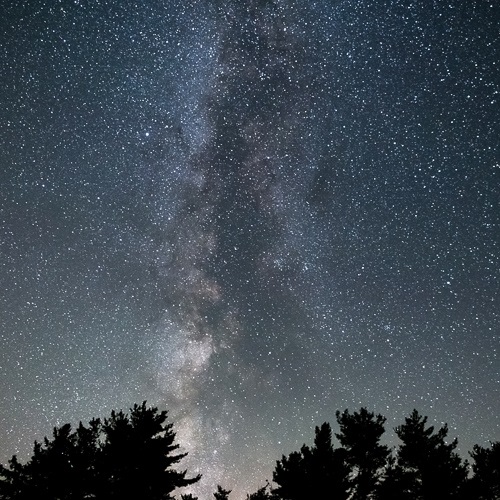
From simple backyard astronomy (no telescope needed!) to virtual events and activities, join us to learn about how to discover the wonders of space from home.


Home Sweet Home: Exploring Space Without Having to Leave Your Backyard
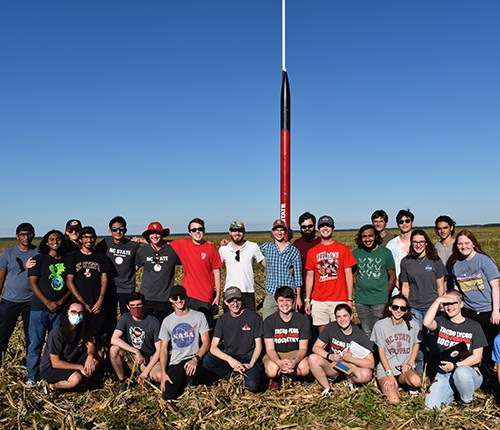
At the High-Powered Rocketry Club we design, build, and launch our own high-powered rockets. We will be talking about what we do in order to ensure our rockets launch safely, as well as what can happen when things go wrong.


The Exciting Hobby of High-Powered Rocketry
WEDNESDAY Jan 26th
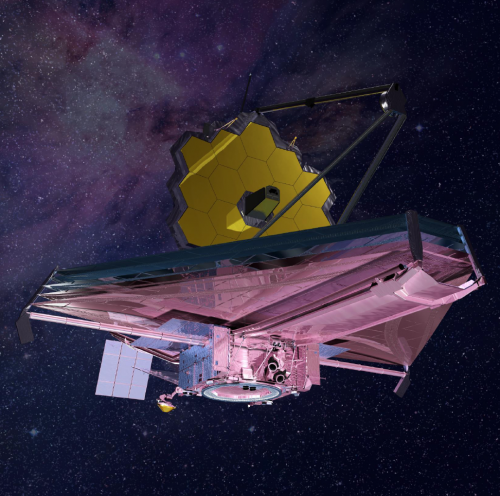
How the Webb Space Telescope will "fly" in space using weird "gravity surfing", and how it will see things people and our "normal" telescopes can't.


The Webb Space Telescope – the Weird Way It Flies and How It Sees Things We Can’t See
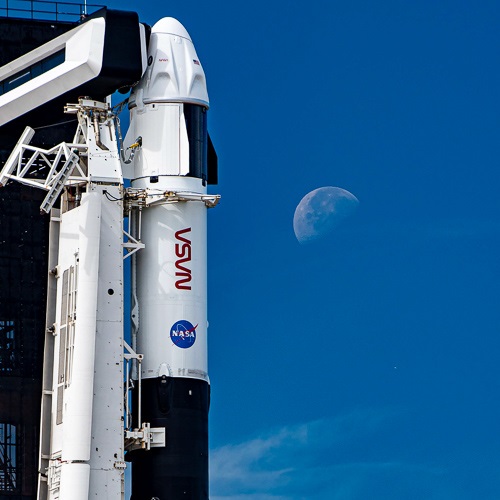
A review of 2021, a banner year in human spaceflight, and how it is shaping up for the coming decade. SpaceX is leading the way to a new golden era of human spaceflight and is poised to change the dynamics of HSF with their new Starship.


Human Spaceflight 2021
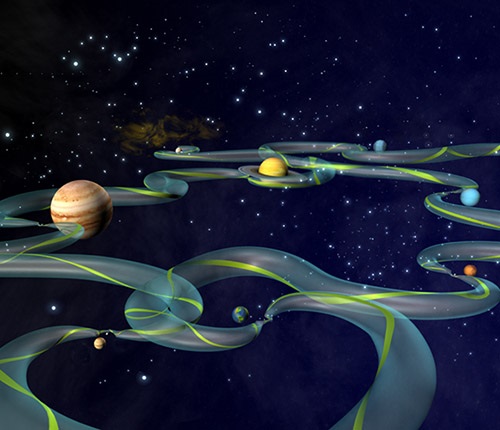
Space is enormous, spaceflight is difficult, and planets are (relatively) tiny. How do we manage to get space missions to go where we want them to go? This presentation goes over some of the basics of spaceflight and how we manage to get around.


Getting from Here to There
THURSDAY Jan 27th
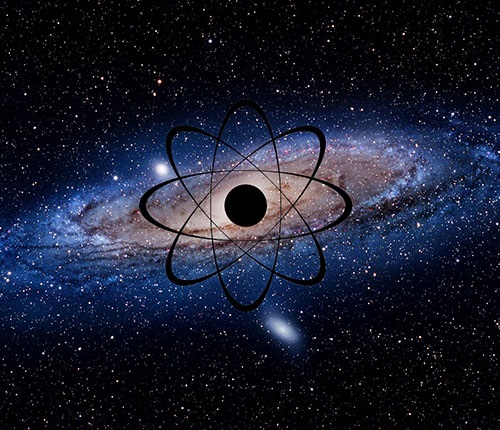
How many stars are there? How small is an atom? When did our solar system form? This presentation will reveal some surprising ways to visualize the huge range of numbers we encounter in astronomy and astrophysics.


Scales of the Universe
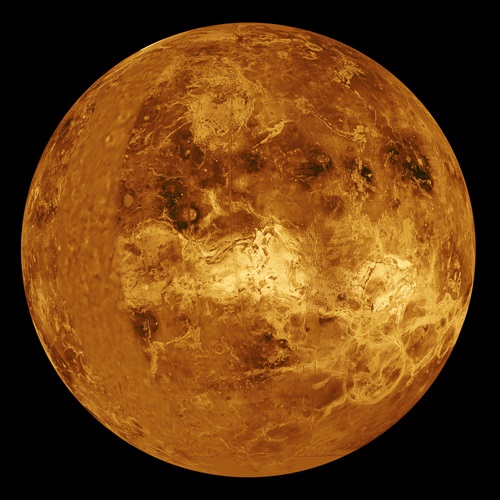
Have you ever seen two perfectly matched siblings who looked compatible but one was just right and the other was not so nice? Well, the same holds true for Earth and Venus! We will review the similarities between Earth and Venus and will reveal why one is just right and the other is just a hot mess.


Venus: Earth’s Evil Sibling
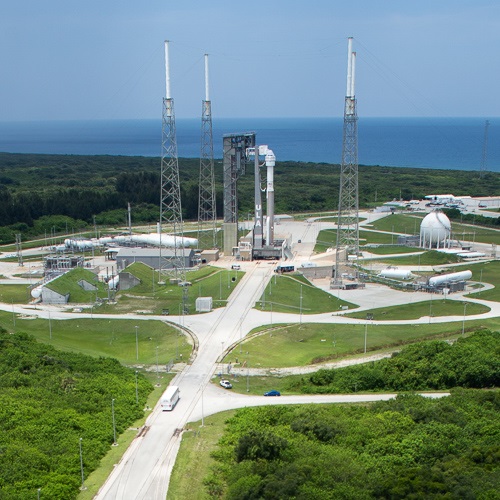
A review of major events in astronomy and spaceflight over 2021 and how they might impact coming events in 2022.


2021 in Space Exploration
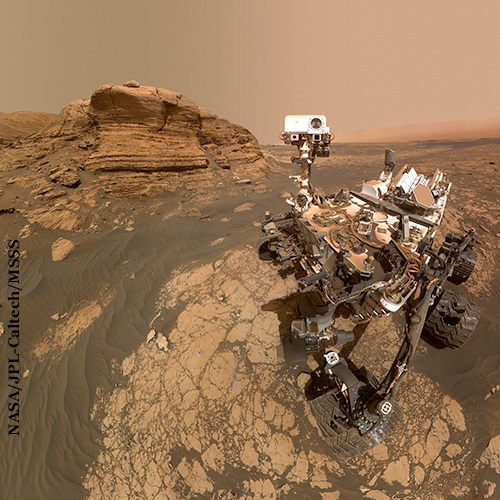
The Curiosity Rover has been Roving Mars for almost 10 years. Curiosity has recently uncovered more interesting organic molecules, and continues to unravel the history of water on Mars, as it continues its ascent of Mount Sharp.


Curiosity Update: 9 1/2 Years Roving Mars
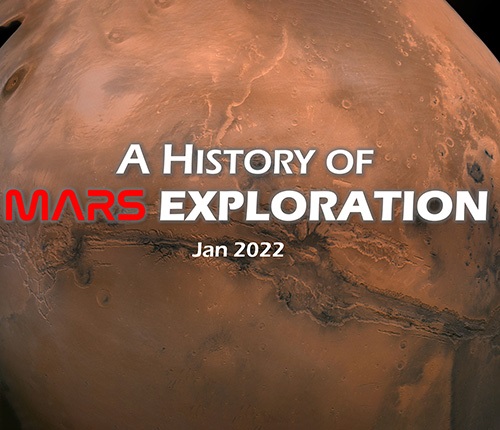
In this presentation, we will cover the history of all the Mars Exploration Missions that Earth has attempted to send to the Red Planet from the 1960s to the present day. We will also provide a closer look into the missions Mars Pathfinder/Sojourner, Spirit & Opportunity and Curiosity.


A History of Mars Exploration
FRIDAY Jan 28th
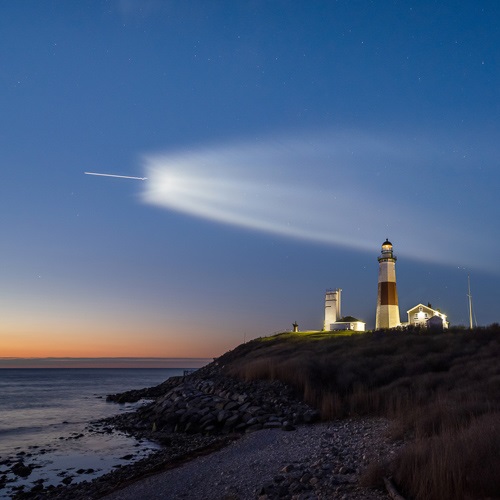
There are more options than ever before to launch payloads into space, with SpaceX, United Launch Alliance and others in the United States, and Ariane, Soyuz and more in Europe plus new options for space tourists. We'll talk about what sets each apart and how users choose among the options.


Picking the Right Rocket
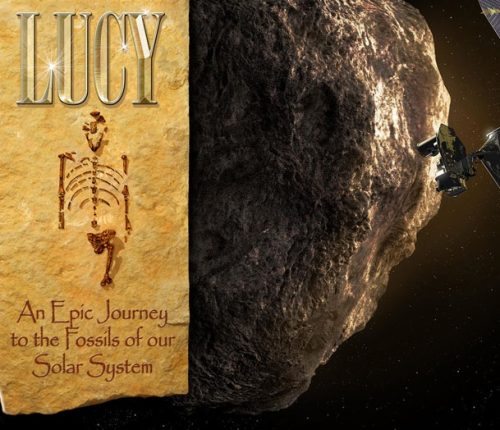
NASA has recently launched a new mission, Lucy, that will go to a never before explored population of "fossils" of our early Solar System. Learn more about how Lucy will explore our solar system, and what cool things Lucy is set out to find!


NASA’s Lucy Mission: An Epic Journey to the Fossils of Our Solar System!
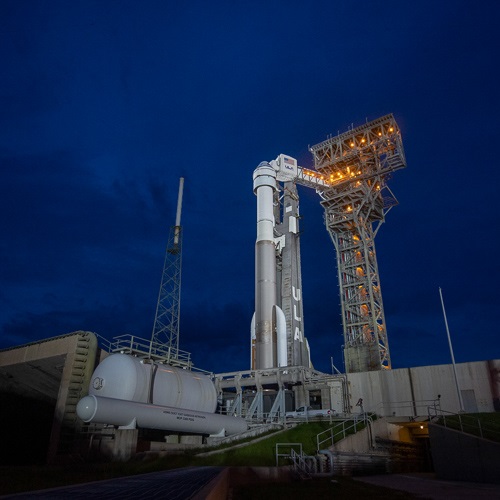
A review of the exciting things going on in the world of commercial space in 2021. We'll look at SpaceX, Blue Origin, Boeing, and the rest, and see whether they had good or bad years.


SpaceX and Commercial Space
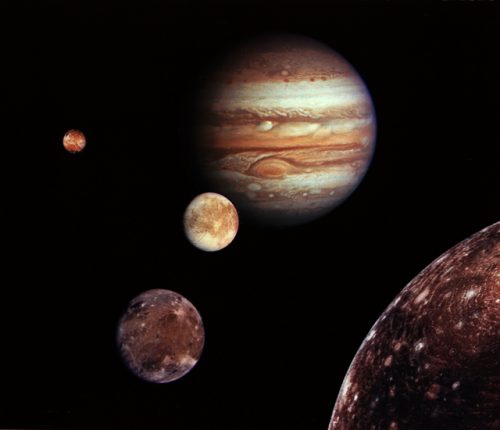
The Europa Clipper is designated for a launch in 2023. Find out what NASA's looking for, and how the question; "Is there life on Europa?" will be answered.


Europa Clipper: NASA’s Next Mission to Jupiter (Rescheduled)
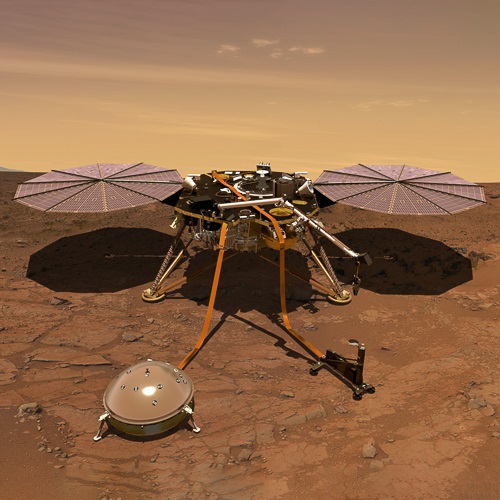
The InSight Lander touched down on Mars on November 26, 2018. Hear about what we have learned, the data we have collected, and what InSight is working on now.


InSight – 3 Years on Mars
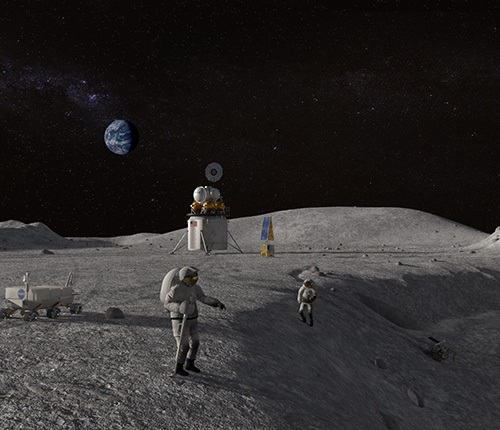
NASA plans to return to the Moon! Project Artemis is set to take us, this time to stay. But what's the plan? Why are we going back, and what do we hope to do while we're there? Please stay after the presentation to hear original poems written during the program by poets from Living Poetry!


Return to the Moon
SATURDAY Jan 29th
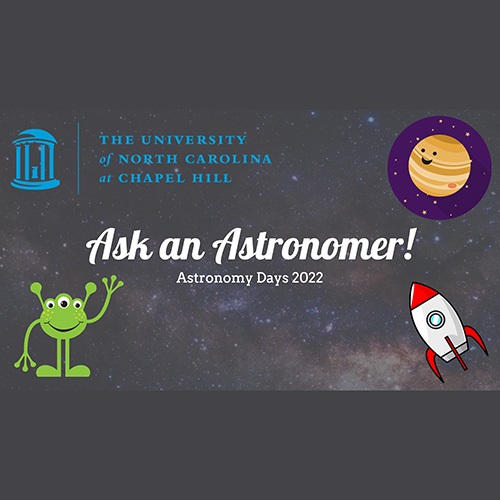
Join UNC physics and astronomy undergraduate and graduate students to learn more about the Universe and what it's like to study it! Come with questions!


Ask an Astronomer Panel
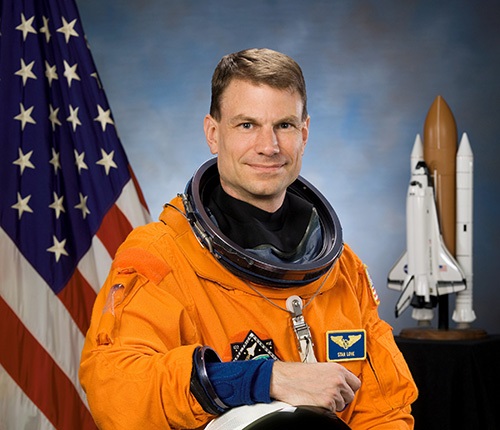
Human explorers reached the Moon 50 years ago. At the time it seemed like we might get to Mars soon after. Why haven't we done it yet?


Astronaut Stanley Love: Why Mars is Hard
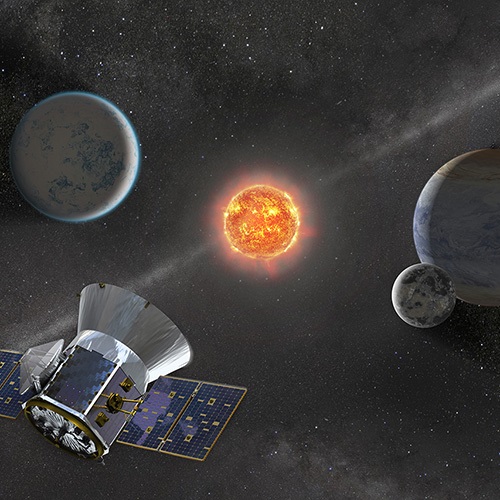
We will showcase the latest exoplanet discoveries from our Kepler and Tess missions, and look toward what the newly launched James Webb Space Telescope can do to "amp-up" both our discovery of new worlds and identification of worlds favorable to life as we know it.


Earth 2.0: The Search Continues
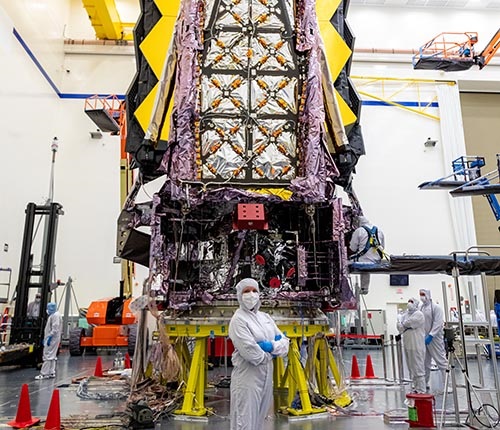
The James Webb Space Telescope launched on Christmas Day 2021 and has been on a million mile journey to its home for the next decade (or more!). Dr. Stephanie Milam will discuss the details of the complex space telescope and some of the anticipated science and discoveries to be made over the next year.


The Scientific Endeavors of JWST: A Journey Through the Solar System
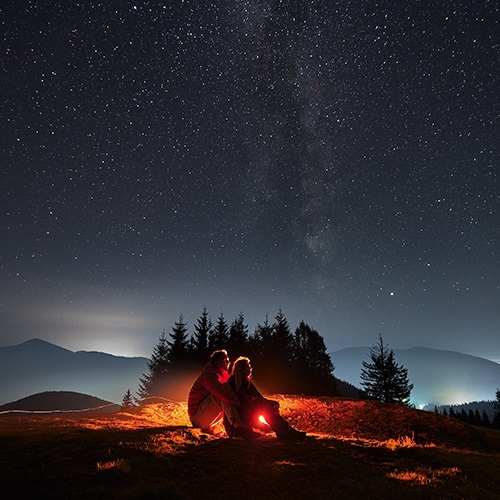
Dust grains formed in many previous generations of stars contributed to the starting materials from which our solar system formed. Laboratory analyses of those stardust grains provide us insight into the building blocks of planets and origin(s) of bio-essential elements.


We Are Made of Star Stuff – Stardust in the Laboratory
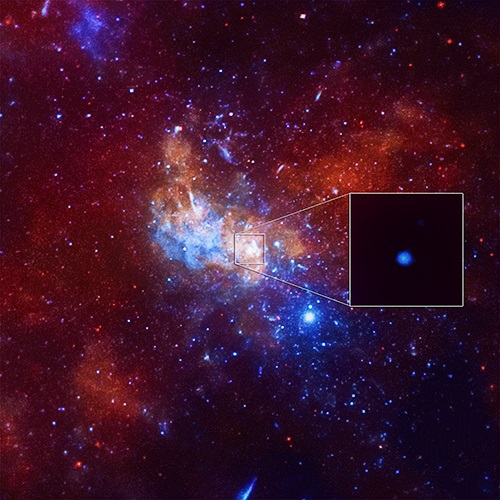
The Milky Way's central black hole was discovered by analyzing the motions of stars in the Galactic center. Yet, how those stars could form so close to a black hole has remained a mystery.


How to Make Stars Next to Black Holes
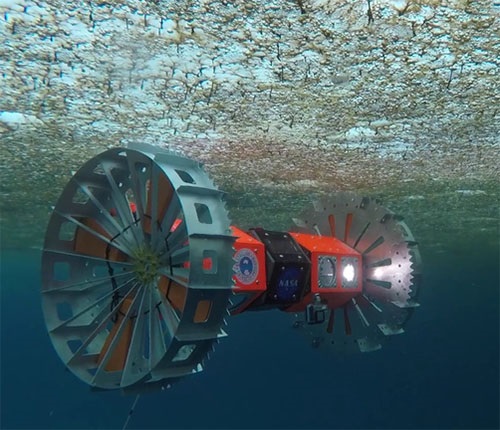
Learn about the BRUIE engineering prototype that is being developed for possible exploration of the oceans under the ice of Saturn's moon Enceladus and Jupiter's moon Europa. See photos and videos of BRUIE in action in engineering tests on Earth.


BRUIE: An Underwater Rover That May Explore the Ocean Moons of Saturn and Jupiter
SUNDAY Jan 30st
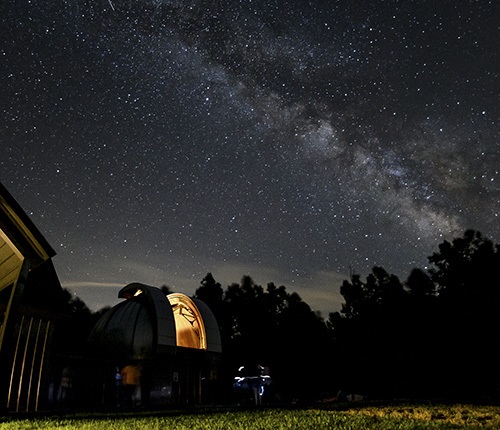
New technologies in outdoor lighting and Internet satellites are posing threats to our dark and starry skies. Light pollution basics and these new problems will be discussed.


New Threats to Dark Skies: LEDs to Satellite Constellations
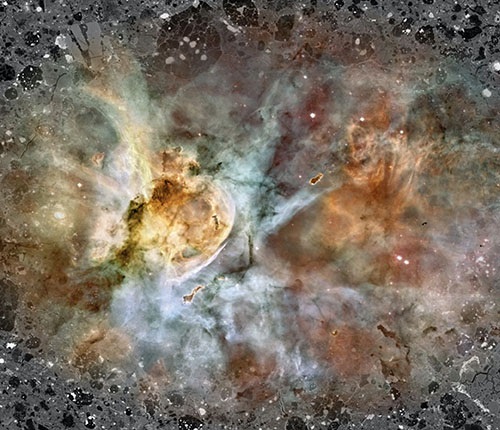
Dr. Ryan Ogliore will talk about the first five million years of the Solar System's lifetime, including the tools that scientists have used to learn about these early days. Ogliore will talk about how this knowledge can be applied to other planetary systems in our Galaxy, and the threat posed by asteroid and comet impacts in the future.


The Solar System’s Formative Years
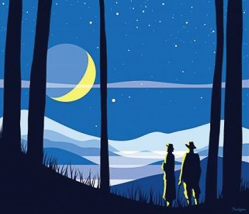
With the help of planetarium software, we’ll tour the North Carolina night sky and identify planets and stars you can see with just your unaided eye on the next clear night.


Carolina Skies
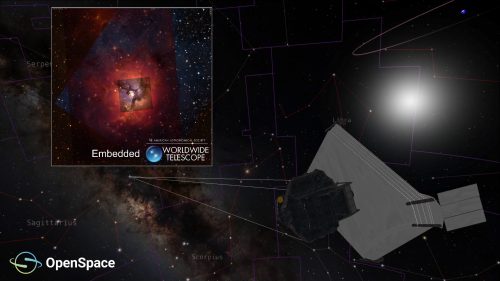
NASA's new JWST is a marvel of engineering with a mission to look deeper back in time than ever before. Come see how it works and what it will be looking at, and Dr. Emmart will take requests on targets you would like to see!


NASA’s James Webb Space Telescope: How, What and Why
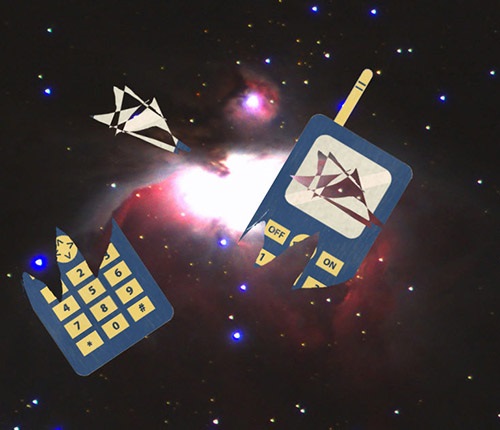
Are we alone in the Universe? Is there really anybody out there? If so, why isn't anyone returning any our calls? If you've had these questions you're not alone and there just might be a lot of other people like yourself. Come explore the possibilities of life in our galaxy!


The Fermi Paradox: Why E.T. Can’t Phone Home
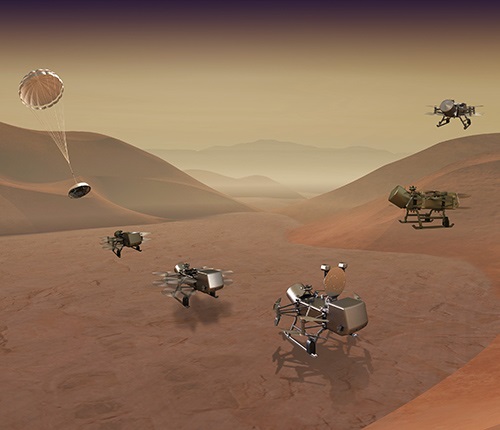
Jeff Qualls will describe the Dragonfly drone mission to study Titan and provide any recent updates. Dr. Jani Radebaugh, who is a member of the science team, will join him via Zoom to give her insights into the developing mission.



